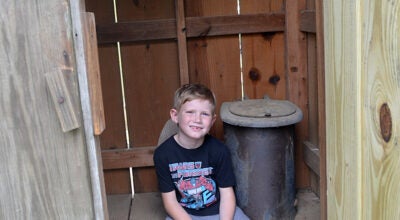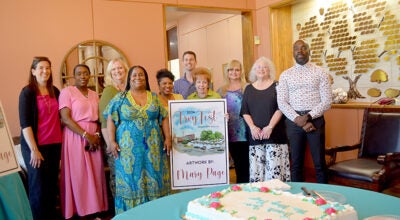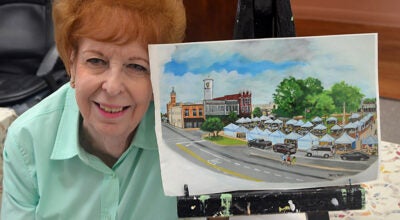Sacred Harp singing held at museum
Published 12:24 am Friday, February 26, 2010
Sacred Harp singing is participatory and is seldom meant to be entertainment.
It recalls the times when church music was intended to be sung by the congregation rather than by a choir. But, the Sacred Harp Singing at the Pioneer Museum of Alabama on Saturday, Feb. 27, is open to the public and everyone is invited to come and sing along or just listen and learn.
“If you’re not a singer and plan to come and sit on the back row, don’t do that, said Ken Sunberg, an organizer of the event. “At Sacred Harp Singings, we sit in a hollow square with the four parts facing each other and the closer you are to the square, the better the singing. The center of the square is the best place to be.”
The song leader stands in the center and keeps time. Each singer has an opportunity to lead his or her favorite song.
“I’m a mediocre singer and there is no possible way that I would ever get to direct a choir of 100 singers unless it was a choir of Sacred Harp singers,” Sunberg said.
Many singers keep time from their seat.
“Sacred Harp singing is an educational institution,” Sunberg said. “Often, we’ll have people join us who have never sung before. If you are sitting on the front row of the square, it’s helpful to other singers if you keep time. It’s helpful, too, because it gives the leader an additional person to help stay on time.”
The four parts of Sacred Harp Singing are bass, tenor, alto and treble.
“Alto is the female section and bass is the men’s section, with women singing an octave above the men,” Sunberg said.
Women and men double on the treble and tenor parts and tenor is where the melody is.
Sunberg said those who are new to Sacred Harp Singing might want to sit with the tenor section and later move around to find the section that best fits their singing ability. Sacred Harp singing is a cappella singing that took root as a way to each “unlettered” Americans how to worship through song. The singing is usually loud because, as a true folk music, it was sung by ordinary people for worship and pleasure and was sung without reservation or constraint.
“Of the 160 songs that are in the songbook only three or four are not specifically religious,” Sunberg said. “And, one of those is ‘God Bless America’ and one is about the ending of the Revolutionary War. Some of the songs, like ‘Angel Band’ and ‘Sweet By and By’ will be familiar to most.
The songs are about salvation, sin and death and tend to be emotionally serious and almost all are songs of praise.
“About the time of the emergence of Sacred Harp music, there was another movement, the beautiful music movement,” Sunberg said. “If you hit the CEG chord, it’s a pretty chord, beautiful music, but if you play CG, an open fifth, that creates a sound that is a lonely, incomplete sound. A longing sound.”
That is the sound of Sacred Harp. Everyone is invited to participate in the Sacred Harp Singing at the Pioneer Museum of Alabama on Saturday. The singing begins at 10 a.m. and will conclude around 3 p.m. Admission is free to those who come with a Sacred Harp songbook. Singers will come from across the Wiregrass and beyond. Newcomers who join the singing will be invited to dinner on the ground.




